The Impact of BLUE-LIGHT exposure on Eyes & 3 simple ways to minimize its ill effects
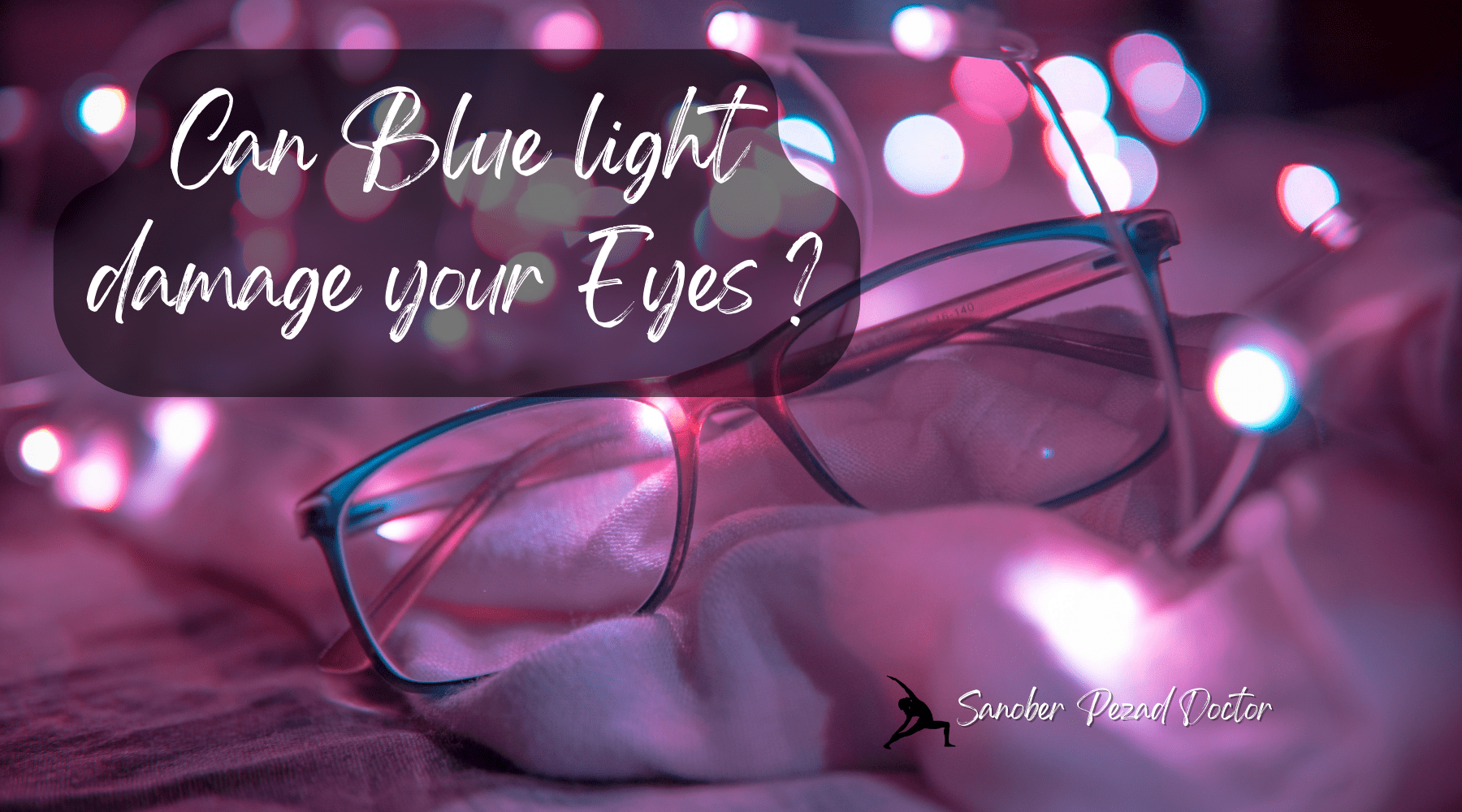
Table of Contents
ToggleYou need this to safeguard the most valuable asset you have…before it gets too late!
Ever since the Covid-19 pandemic, screens have become a significant part of our work and social lives, with adults reportedly spending up to 11 hours on their devices while teens average 8 hours daily, increasing our exposure to blue light.
And if you have shifted your modus operandi to the online space, you know just how much time you spend behind the screen.
I did not realize the impact screens emitting blue light can have until I experienced the devastating effects myself.
What is Blue Light?
By now you probably know that blue light is part of the sun’s visible spectrum. It is the strongest from early morning to the afternoon, and when we absorb it via photoreceptors in our eyes, it triggers the “awake mode” in our bodies. That is a good thing and the reason why I recommend getting early morning sun as often as possible.
However, while the right amount of blue light at the right time is beneficial, it’s definitely possible to get too much of a good thing. Unlike red light which has a long, slow wavelength, blue light contains short and intense high-energy-visible wavelengths. It is a powerful form of visible light that has a profound impact on how we function physiologically.
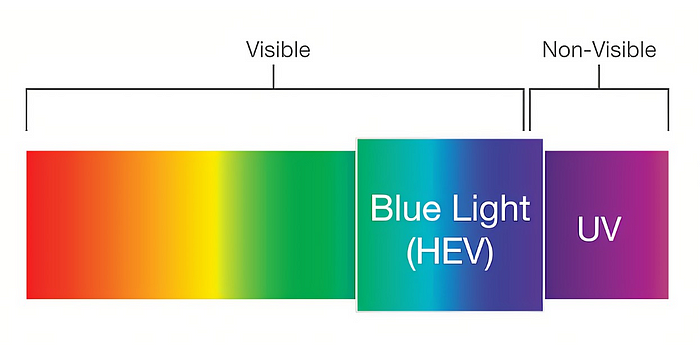
Effects of Blue Light on the Body
Unfortunately, most of us are exposed to excessive blue light from artificial sources like digital screens, LED lights, and fluorescent lights . . . and the exposure is increasing exponentially.
According to the American Optometric Association, visible blue light “can be absorbed by the retinal pigment epithelium (RPE) and certain photoreceptors (convert light into signals understood by the brain), generating localized oxidative and thermal stress. Oxidative stress has been shown to lead to a variety of eye diseases, including macular degeneration.
A study from the University of Toledo found evidence that blue light from digital devices transforms vital molecules in the eye’s retina into cell killers. They discovered that blue light, in particular, encouraged the accumulation of lipofuscins (a type of pigment associated with aging and cell damage), which are known to cause cytotoxicity of the retina. These poisonous by-products of blue light exposure inhibit the cells’ ability to regulate key processes, leading to an imbalance of calcium within the cell, changes in cell shape, and greater rates of cell death.
In the long term, these cytotoxic molecules can cause large amounts of the retina’s photoreceptor cells to die off, leaving us with steadily worsening vision and possibly even blindness. This disease is termed macular degeneration, and while it typically starts in a person’s fifties or older, frequent exposure to light that has such a damaging effect on our eyes might lower that age significantly.
Macular degeneration has no cure. Photoreceptor cells do NOT regenerate in the eye. When they are dead, they are dead for good.
3 Steps to protect against the ill effects of Excessive Blue Light
So, what should we do?
The best thing is PREVENTION. But it is almost impossible to avoid it anymore given that blue light sources are jarring right into our faces from almost every possible direction.
Here are some simple measures that can help protect your precious… eyes I mean!
1. Set Boundaries
The first strategy all-around is to limit your use of mobile phones, laptops, and anything with a screen that emits blue light.
2. Blue Light Glasses
If you have difficulty compromising on the amount of time you spend with screens, consider wearing blue light-blocking glasses to minimize any harm done.
These glasses have special, orange-tinted lenses that filter out blue light, and trust me this has been a savior for me.
You are spoilt for choice these days, but I’ll share my experience since I have used quite a few to speak authoritatively.
I first started with this economical pair of blue-light-blocking glasses from Amazon (since I was skeptical about investing in something like this at that time. (Foolish me, I know 🙃). These are pretty good if you simply want to try one out and see how you like it. But it has its limitations. You get what you pay for.
Then I upgraded to this pair and use these since they are affordable, comfortable, attractive, and lab-tested.
But as I researched more, I finally found my favorite pair. (I possess too many now. I tend to follow the ‘all or none phenomenon’ like our heart 😉)
It is the most comfortable one I have found to date and find it the most effective. I sleep better at night and find my headaches and eye strain have reduced considerably. You can check them here if you wish. (Get an additional 20% OFF your order using the Coupon code- ‘DRDOCTOR’)
If you don’t like wearing glasses, they also have blue light-blocking screens for iPhones/laptops/MacBooks/ipads. You have no excuse really!

3. Decrease the Source Intensity
You can reduce the intensity and amount of blue light that is given off by the devices.
One of the simplest ways to do this is to turn the brightness down to the lowest setting at which you can still see comfortably (you may find that you experience less eye strain after doing this, too!).
Set firm rules about never using screens in an otherwise dark room.
GTo go one step further, you can download programs and apps for your personal devices that shift your screen backlighting towards the yellow/warm end of the color spectrum (check out f.lux and Iris).
Remember, if you become chrono-misaligned, or out of sync with your biology, you can experience symptoms such as:
- insomnia and/or chronic sleep deprivation (source)
- hormonal imbalances
- adrenal fatigue
- anxiety and depression (source)
- a sense of being chronically tired or overwhelmed
- weight gain
- decreased REM sleep and overall reduced sleep quality
Managing our light exposure is the most powerful tool we have to get deep, restful sleep. Blocking blue light at biologically inappropriate times (nighttime hours) is just half of that equation — the other is getting about 30–60 minutes of bright light exposure in the early morning.
I hope you find this useful and decide to take care of your valuable asset before it gets too late.
Take care and Stay Blessed.
If you like what I share, consider Subscribing to stay connected. I do NOT spam. Promise! 😇
You may also like
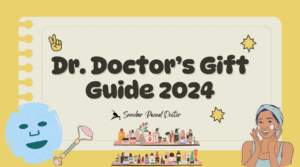
Dr. Doctor’s 2024 Gift Guide
- November 24, 2024
- by Sanober Pezad Doctor, MD
- in Gift Guide
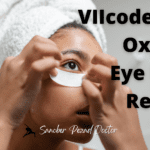
VIIcode O2M Oxygen Eye Mask Review: Is it worth it?
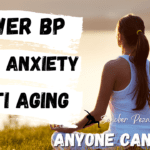
The 4-7-8 Breathing Technique: Everything You Need to Know
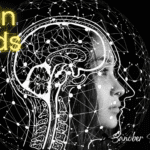


Comments
I didn’t know about the blue light until now coming from the screen and LED lights. I have an eye problem with the lights. So, this one is a great post for me. Thank you for sharing!
Thank you. I am so happy you found it helpful.
This is so helpful! As a migraine sufferer this is valuable information for several reasons. I will be checking out your resources and really appreciate you sharing this information!
Thank you, Lindsey. I know how difficult it is, especially for those suffering from migraine. Happy you found it helpful.
Really helpful to be mindful of especially as I try to get better sleep. Thank you so much for sharing! I bought blue light glasses during covid and this is a good reminder to use them! Hahaha
Yes! Use them. They make a huge difference!
very helpful guide. Didn’t know so much about blue light exposure. Thanks for this info.
Glad you found it helpful.
Wow! This is the article I never knew I needed. I like the blue light glasses you recommended, thanks
Thank you for this article about the exposure of blue light to the eyes. Everyone needs to learn about this. I was thinking about getting blue light glasses because I’m often in front of the computer.
Yes. You must. It will be of great help.